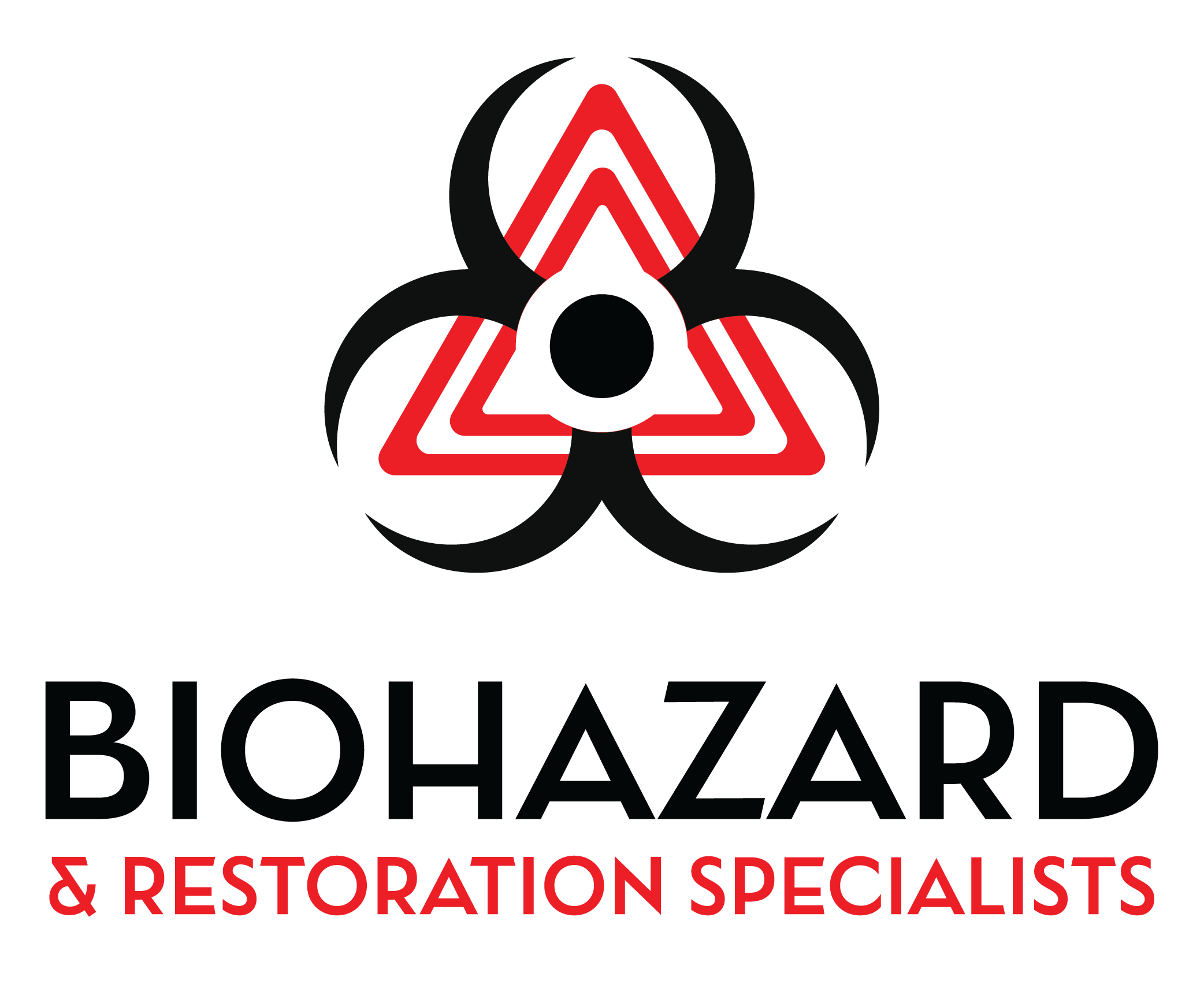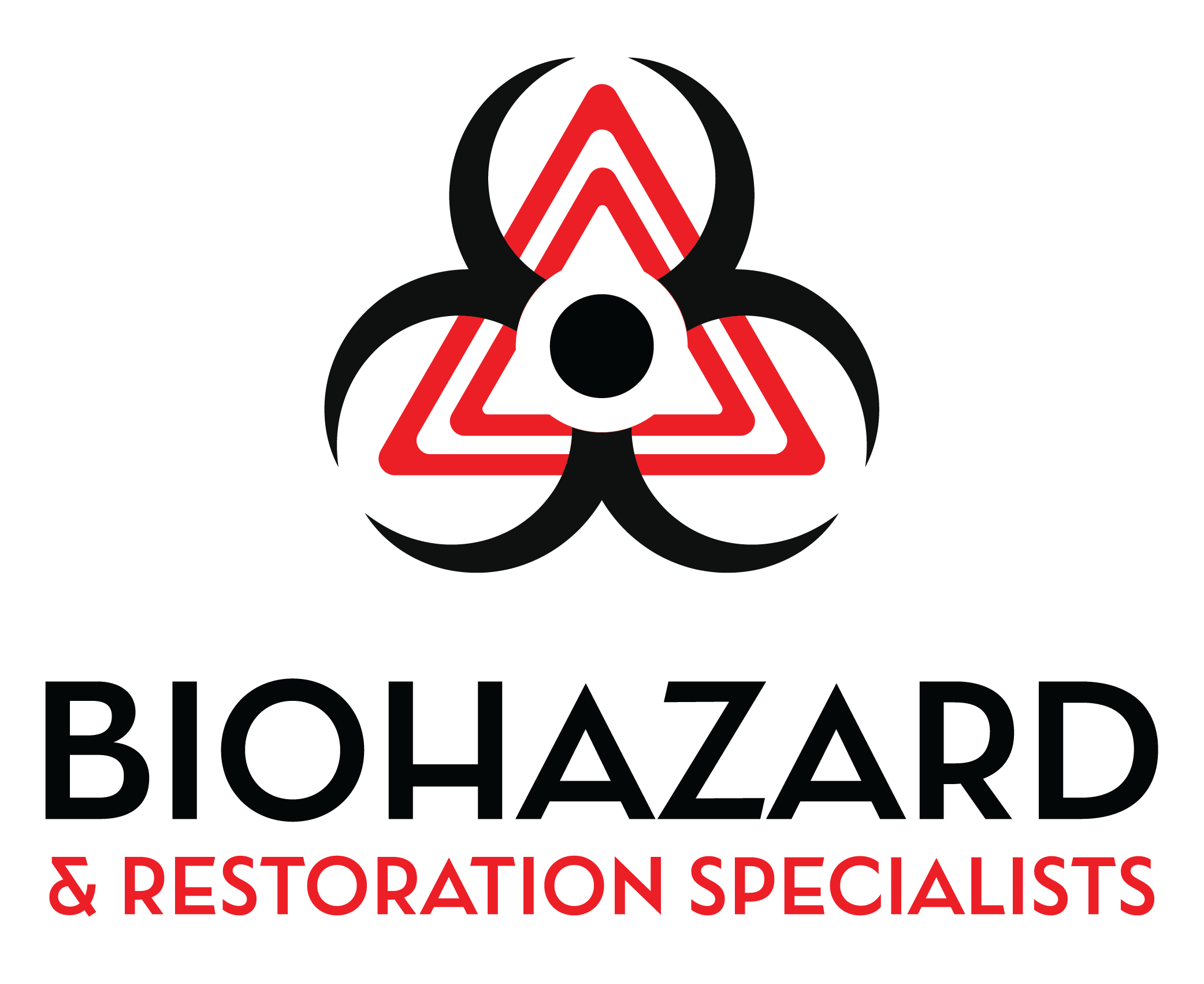Human feces exposure is a topic that often elicits discomfort and avoidance in conversation, yet it is a critical public health issue that warrants our attention. As we navigate through our daily lives, we may not fully appreciate the potential risks associated with exposure to human waste. Feces can harbor a multitude of pathogens, including bacteria, viruses, and parasites, which can pose significant health threats to individuals and communities alike.
Understanding the implications of human feces exposure is essential for safeguarding our health and the well-being of those around us. In recent years, the conversation surrounding sanitation and hygiene has gained momentum, particularly in light of global health crises. The COVID-19 pandemic has underscored the importance of maintaining clean environments and practicing good hygiene.
However, the issue of human feces exposure extends beyond infectious diseases; it encompasses broader concerns related to sanitation infrastructure, environmental health, and social equity. By examining the various dimensions of this issue, we can better appreciate the need for effective management strategies and public awareness campaigns.
Key Takeaways
- Human feces exposure can pose serious health risks and should be managed carefully to prevent contamination and illness.
- Health risks associated with human feces exposure include the spread of infectious diseases such as E. coli, hepatitis, and norovirus.
- Sources of human feces contamination can include sewage leaks, improper waste disposal, and poor hygiene practices.
- Common settings for human feces exposure include public restrooms, outdoor recreational areas, and areas with poor sanitation infrastructure.
- Prevention and control measures for human feces exposure include proper handwashing, sanitation facilities, and waste management practices to reduce environmental impact.
Health Risks Associated with Human Feces Exposure
The health risks associated with human feces exposure are numerous and varied. One of the most pressing concerns is the transmission of infectious diseases. Pathogens found in fecal matter can lead to gastrointestinal illnesses, which may manifest as diarrhea, vomiting, and abdominal pain.
These symptoms can be particularly severe in vulnerable populations, such as young children, the elderly, and individuals with compromised immune systems. The World Health Organization estimates that millions of people die each year from diseases linked to unsafe water and inadequate sanitation, highlighting the urgent need for effective interventions. Moreover, exposure to human feces can also result in long-term health consequences.
Certain parasites, such as Giardia and Cryptosporidium, can cause chronic gastrointestinal issues that persist long after the initial infection has resolved. Additionally, some bacteria found in fecal matter, like E. coli and Salmonella, can lead to severe complications if not treated promptly.
The psychological impact of fecal exposure should not be overlooked either; individuals who experience such exposure may suffer from anxiety and stress related to their health and safety.
Sources of Human Feces Contamination
Understanding the sources of human feces contamination is crucial for addressing this public health issue effectively. One primary source is inadequate sanitation facilities, particularly in low-income communities where access to clean toilets is limited. In these areas, open defecation practices may be prevalent, leading to direct contamination of soil and water sources.
This situation not only poses immediate health risks but also perpetuates a cycle of poverty and disease that is difficult to break. Another significant source of contamination arises from improper waste disposal practices. In urban settings, overflowing sewage systems or poorly maintained septic tanks can lead to the release of untreated human waste into the environment.
This contamination can infiltrate local water supplies, affecting both drinking water quality and recreational water bodies. Furthermore, agricultural practices that utilize untreated human waste as fertilizer can introduce pathogens into the food supply chain, posing additional risks to public health.
Common Settings for Human Feces Exposure
| Setting | Exposure Risk |
|---|---|
| Outdoor public areas | High |
| Indoor public areas | Low |
| Private residences | Low |
| Healthcare facilities | High |
Human feces exposure can occur in a variety of settings, each presenting unique challenges and risks. Public spaces such as parks, beaches, and playgrounds are often hotspots for fecal contamination, especially when proper sanitation facilities are lacking. In these environments, children are particularly vulnerable as they may come into contact with contaminated surfaces or soil while playing.
The presence of fecal matter in these areas not only poses health risks but also diminishes the overall quality of public spaces. Healthcare facilities also represent a critical setting for potential feces exposure. Hospitals and clinics must adhere to strict hygiene protocols to prevent the spread of infections; however, lapses in sanitation practices can lead to outbreaks of healthcare-associated infections.
Additionally, individuals receiving care may be at increased risk if they are unable to maintain proper hygiene due to their medical conditions. Ensuring that healthcare environments are free from fecal contamination is essential for protecting both patients and healthcare workers.
Prevention and Control Measures for Human Feces Exposure
To mitigate the risks associated with human feces exposure, we must implement effective prevention and control measures. One of the most fundamental strategies is improving access to sanitation facilities. This includes constructing clean and safe public restrooms in urban areas and ensuring that households have access to proper toilets.
Education campaigns that promote the importance of using these facilities can also encourage behavioral changes within communities. In addition to enhancing sanitation infrastructure, we should prioritize public education on hygiene practices. Simple measures such as regular handwashing with soap after using the toilet or before handling food can significantly reduce the risk of disease transmission.
Community engagement initiatives that involve local leaders and organizations can help disseminate information about safe practices and foster a culture of hygiene within communities.
Impact of Human Feces Exposure on the Environment
The environmental impact of human feces exposure is profound and multifaceted. When human waste is improperly disposed of or left untreated, it can contaminate soil and water sources, leading to a cascade of ecological consequences. Nutrient runoff from fecal matter can contribute to algal blooms in water bodies, which deplete oxygen levels and harm aquatic life.
This disruption of ecosystems not only affects biodiversity but also compromises the quality of water resources that communities rely on for drinking and recreation. Furthermore, the presence of pathogens in contaminated environments poses risks not only to human health but also to wildlife. Animals that come into contact with contaminated soil or water may become carriers of diseases that can spread back to humans or other species.
This interconnectedness highlights the importance of addressing human feces exposure not just as a public health issue but as an environmental concern that requires a holistic approach.
Legal and Regulatory Considerations for Human Feces Disposal
Legal and regulatory frameworks play a crucial role in managing human feces disposal and ensuring public health safety. Many countries have established guidelines for sanitation practices, waste management systems, and environmental protection measures aimed at minimizing fecal contamination. These regulations often mandate proper treatment of sewage before it is released into the environment, as well as standards for maintaining sanitation facilities.
However, enforcement of these regulations can be challenging, particularly in low-income areas where resources are limited. Advocacy for stronger policies and increased funding for sanitation infrastructure is essential for addressing these disparities. By holding governments accountable for providing safe sanitation options and ensuring compliance with regulations, we can work towards reducing the risks associated with human feces exposure.
Promoting Safe Practices for Human Feces Management
In conclusion, addressing human feces exposure requires a multifaceted approach that encompasses public health initiatives, environmental protection efforts, and legal frameworks. By understanding the health risks associated with fecal contamination and identifying its sources, we can develop effective prevention strategies that protect both individuals and communities. Promoting safe practices for human feces management is not just a matter of hygiene; it is a fundamental aspect of ensuring equitable access to health resources and safeguarding our environment.
As we move forward, it is imperative that we engage in ongoing dialogue about this often-taboo subject. By raising awareness about the importance of sanitation and hygiene practices, we can empower individuals to take action within their communities. Together, we can work towards creating a healthier future where safe sanitation practices are accessible to all, ultimately reducing the risks associated with human feces exposure for generations to come.
Exposure to human feces can pose serious health risks, including the spread of infectious diseases. According to a recent article on biohazardandrestoration.com, improper cleanup of biohazardous waste, such as human feces, can lead to contamination of living spaces and potential health hazards for occupants. It is crucial to seek professional help for biohazard cleanup to ensure the safe removal and disposal of hazardous materials.


